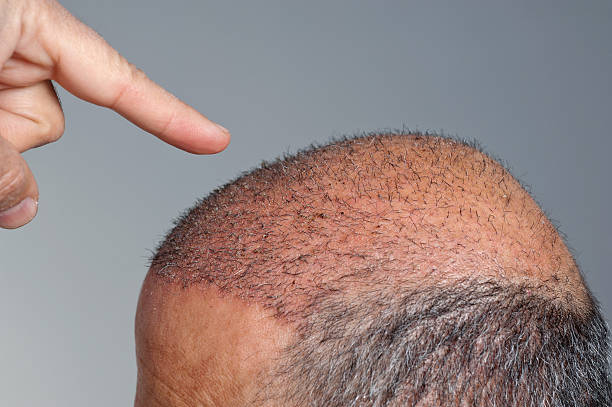Understanding Hair Transplant: A Comprehensive Guide
Hair transplant has evolved exponentially over the decades, shifting from an obscure medical procedure to a widely accepted solution for hair loss. With advanced technology, skilled professionals, and an increasing amount of research, hair transplant has become a viable option for those seeking to regain a full head of hair. This article will delve into the historical context, current relevance, trends, and unique insights into the world of hair transplant.

The Origins of Hair Transplantation
Hair transplant is not a modern marvel. The first recorded case of hair transplant dates back to the 19th century. A German surgeon named Dr. Carl Ferdinand von Graefe published a paper in 1822 detailing a procedure to relocate hair from one area of the scalp to another to fill in areas of trauma. However, the real breakthrough came in the mid-20th century when a New York dermatologist, Dr. Norman Orentreich, developed the technique of hair transplantation. His work laid the foundation for the hair transplant procedures we see today.
The Evolution of Hair Transplant Techniques
Orentreich’s technique, known as punch grafting, involved removing small circular grafts containing about 20 hairs from the back of the scalp and transplanting them into the balding areas. This method, however, often resulted in a ‘pluggy’ or ‘doll-like’ appearance.
The 1980s saw the introduction of minigrafting and micrografting, which used smaller grafts that contained fewer hairs, resulting in a more natural appearance. By the 1990s, Follicular Unit Transplantation (FUT) became prevalent. This technique involves removing a strip of scalp from the back of the head, dissecting it into individual follicular units, and transplanting these units into the balding areas.
The most recent advancement is known as Follicular Unit Extraction (FUE), a technique that involves the removal of individual follicular units directly from the scalp, leaving no linear scar. This method, while more time-consuming and costly, has been lauded for its natural results and minimal scarring.
Current Relevance and Trends in Hair Transplant
Today, hair transplant is more relevant than ever, with the global hair transplant market expected to reach nearly $30 billion by 2025. Hair loss, a condition that affects both men and women, has been linked to various factors such as genetic predisposition, hormonal changes, stress, and aging.
The trend towards more natural-looking results has led to the rise of FUE, which has been adopted by many clinics worldwide. Additionally, there is an increasing trend towards using body hair, such as from the beard or chest, for transplantation in patients with limited donor hair on the scalp.
The Impact and Reception of Hair Transplant
The impact of hair transplant on an individual’s self-esteem and confidence is profound. Many patients report substantial improvements in their quality of life following the procedure.
Despite the initial stigma, the reception towards hair transplant has become largely positive over time. The normalization of hair transplant can be attributed to an increasing number of celebrities openly discussing their procedures, thereby reducing the associated stigma.
Unique Insights Into Hair Transplant
One unique insight into hair transplantation is the concept of donor dominance. This principle, first observed by Dr. Orentreich, states that hair retains the characteristics of the area from which it was taken, even when transplanted to a different area. This is why hair transplanted from the back of the scalp, an area resistant to balding, continues to grow even when moved to a balding area.
Another interesting aspect is the potential application of regenerative medicine in hair transplantation. The use of stem cells and platelet-rich plasma (PRP) therapy is currently being explored to enhance the outcomes of hair transplant procedures.
In Conclusion
Hair transplant has come a long way since its inception. With advancements in technology and techniques, it continues to offer hope to those affected by hair loss. However, it is essential to remember that while hair transplantation can significantly improve one’s appearance and self-esteem, it is a medical procedure that requires careful consideration and consultation with a qualified professional.




